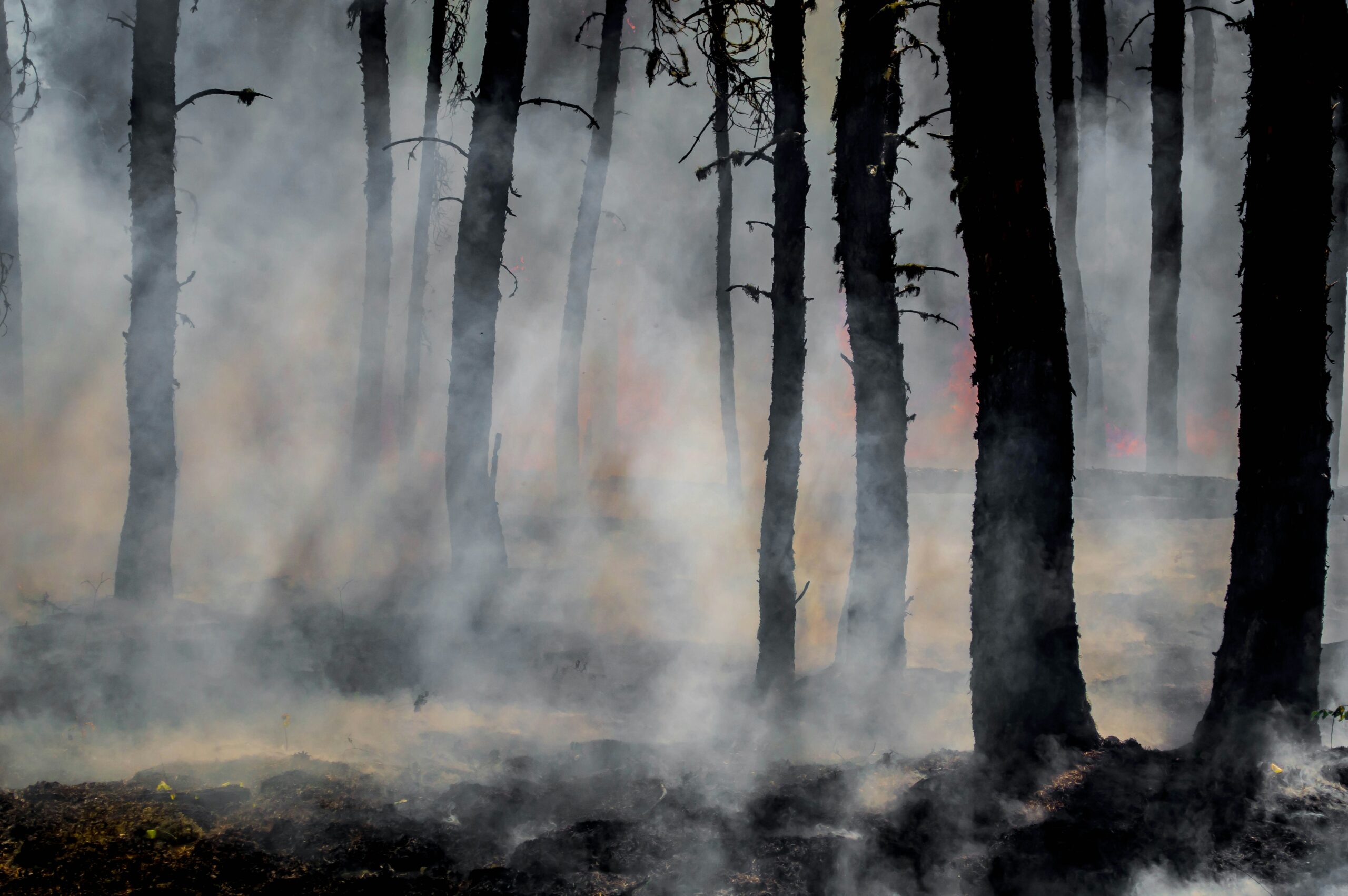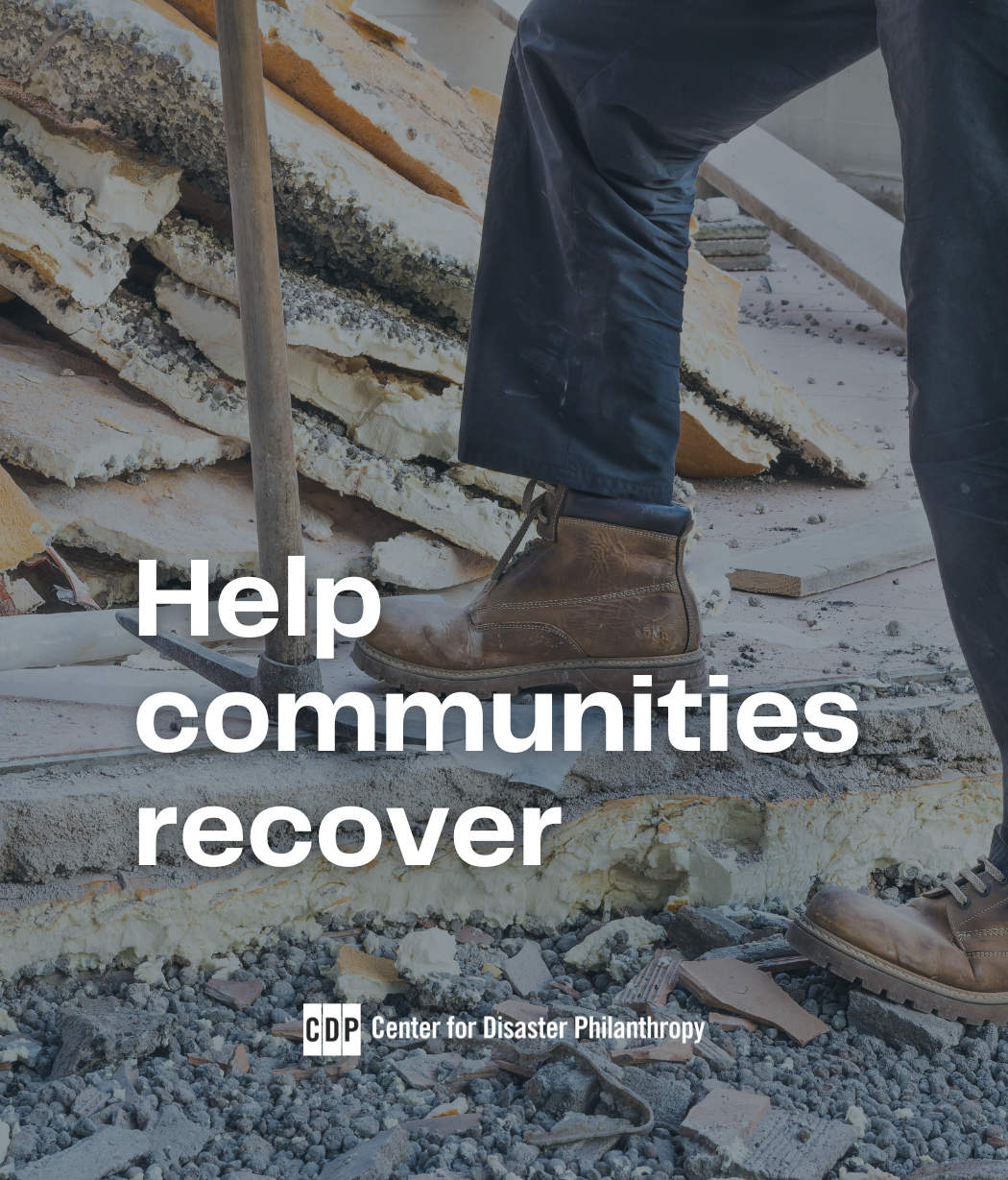From theory to practice: Disaster philanthropy and tornadoes

From my earliest days at the Center for Disaster Philanthropy (CDP), I have had the privilege of getting to know Greg Witkowski and multiple cohorts of his students through engagement with the “Disaster and Community: Philanthropic and Nonprofit Engagement” graduate course at Columbia University’s School of Professional Studies that Greg teaches.
At the completion of each course, we aim to provide an opportunity for students to turn what they have learned into content for CDP’s audience. This year, we are pleased to share a paper written about tornado recovery. This blog includes a dialogue between me and Greg about our collaboration and reflections on a well-researched and thoughtful paper.
Austin: What has been the value to the course and the students in collaborating with CDP in this way?
Greg: Students benefit from connecting directly with philanthropic practice and CDP is a leading institution in this space. In my classes, I unite theory and practice to help students both understand and apply their knowledge in ways that will help them professionally. I valued the collaboration with CDP because students learn from its years of grantmaking experience.
Students also approach their research and writing with greater earnestness when they know that it will have a practical application. Every semester, I ask students to research a disaster and then pool their knowledge about similar natural hazards (e.g. tornadoes) to create an advice sheet for funders. Students know that this advice may be publicized by CDP and therefore invest more time and energy into the project than a paper created just for me as the professor. I’m always impressed with how well students are able to take what they learned in class and apply it to the final papers, providing advice to donors, and I believe that the collaboration with CDP is what helps students excel.
Austin: What insights do you hope funders will come away with related to tornadoes?
Greg: I hope funders recognize that tornadoes are different from other natural hazards that impact entire communities. Tornadoes often have a narrow path that affects some members in a community while leaving others unaffected. Funders can support community-building programs during blue sky time to increase social capital in areas that are prone to tornadoes. This approach is effective because neighbors who did not suffer damage can help others whose homes were destroyed or damaged. Social capital, the ties that bind communities together, can play a large role in the recovery.
Funders can distribute recovery funds to assure that minoritized people do not suffer a longer recovery time. The paper indicates how disasters have a larger impact on minoritized people. While usually the danger comes from living in higher risk zones for other natural hazards, for tornadoes it is about access to funds. Funders can employ a social equity lens to make sure minoritized community members receive the aid they need after a tornado.
Reflections on the tornadoes paper
The paper entitled, “Redefining Tornado Recovery: Harnessing Philanthropy for Equity in Reconstruction” and written by Lexi Long (lead author), Niki Marin and Abbie Nash provides an overview of this natural hazard, how communities are affected and the role of philanthropy in supporting equitable recovery.
Given the need for more education about tornadoes, the increasing frequency of this natural hazard across many parts of the country and the release this summer of the new movie “Twisters”, the paper is relevant and timely.
The paper discusses how tornadoes are difficult to predict and, while warning systems do exist, this natural hazard can be devastating and fatal, especially at night when people may be asleep and there is reduced visibility.
As mentioned by Greg, tornadoes can cause widespread or localized damage, resulting in people in the same community having very different impacts. Additionally, the paper rightly observes that disaster events may or may not receive a federal disaster declaration, meaning the amount of financial resources disaster survivors receive varies significantly.
The authors write, “Funders specifically need to keep in mind what specific populations following a tornado were affected the most, who is already receiving the most help, who has emergency resources to fall back on, and what the community itself lists as their highest priorities for recovery and reconstruction.”
To understand disasters and why they are not natural, it is critical to know who is impacted and why. I was pleased to see the paper incorporate examples of tornadoes affecting specific populations and how an equitable lens must be applied when supporting a community’s recovery.
The paper is not merely an academic exercise but a connection to practice via examples of philanthropic engagement in tornado recovery that align with CDP’s recommendations. Such examples include providing flexible funding, supporting disaster case management, investing in partners’ organizational capacity, targeting support for populations disproportionately impacted and funding community-identified priorities.
I found the paper to be an interesting and worthwhile read, and I hope you do as well. If you would like to support tornado recovery, consider making a contribution to CDP’s Tornado Recovery Fund.
More like this


